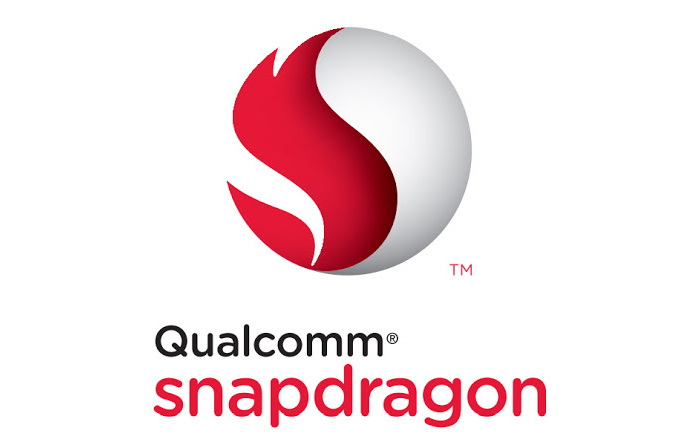Qualcomm has announced no fewer than four new company systems-on-chip (SoC) platforms and these include the Snapdragon 620, 618, 425 and 415. All of them are based on well-known ARM technology and include some interesting features.
The higher the number the more powerful the chip is so we will start with the flagship – the Snapdragon 620. The chip has eight processing cores – four Cortex-A72 cores at 1.8 GHz and four Cortex-A53 cores at 1.2 GHz. As you may know Cortex-A72 was just launched and constitutes the best technology from ARM so far. The chip uses a 16 nm FinFET manufacturing process and is 50 times faster than the fastest smartphone processor of 5 years ago, according to ARM.
Back to the Snapdragon 620 – everything looks good under the hood except for one thing – the GPU of the chip was not announced but Qualcomm says the Snapdragon 620 has all the latest graphics features and functions. In addition the chip has the latest X8 LTE Advanced Cat 7 data modem and supports Bluetooth Smart v4.1, Qualcomm VIVE 802.11ac and Qualcomm IZat. The SoC is capable of playing HEVC video and records 4K video at 30 FPS or 1080p video at 120 FPS. Furthermore the chip supports LPDDR3, display resolutions of up to 2560 x 1600 pixels, up to 21 MP cameras and Quick Charge 2.0 technology.
The Snapdragon 618 processor is the same as the Snapdragon 620 save for one thing – the Snapdragon 618 has just two Cortex-A72 cores, which makes it a 6-core solution. All the other tech specs remain the same.
The Snapdragon 425 and 415 include eight Cortex-A53 cores and Adreno 405 graphics. The chips support 802.11ac Wi-Fi, Bluetooth 4.1 and Qualcomm IZat. The Snapdragon 425 is a bit more capable than the Snapdragon 415 – the chip supports up to Full HD resolutions and up to 21 MP cameras, while the Snapdragon 415 supports 720p resolutions and up to 13 MP cameras. Furthermore the 425 model runs at 1.7 GHz, while the 415 chip at 1.4 GHz.
The first solutions using the new chips are expected soon – maybe even at the upcoming MWC 2015, which is two weeks from now.
Source: Qualcomm

